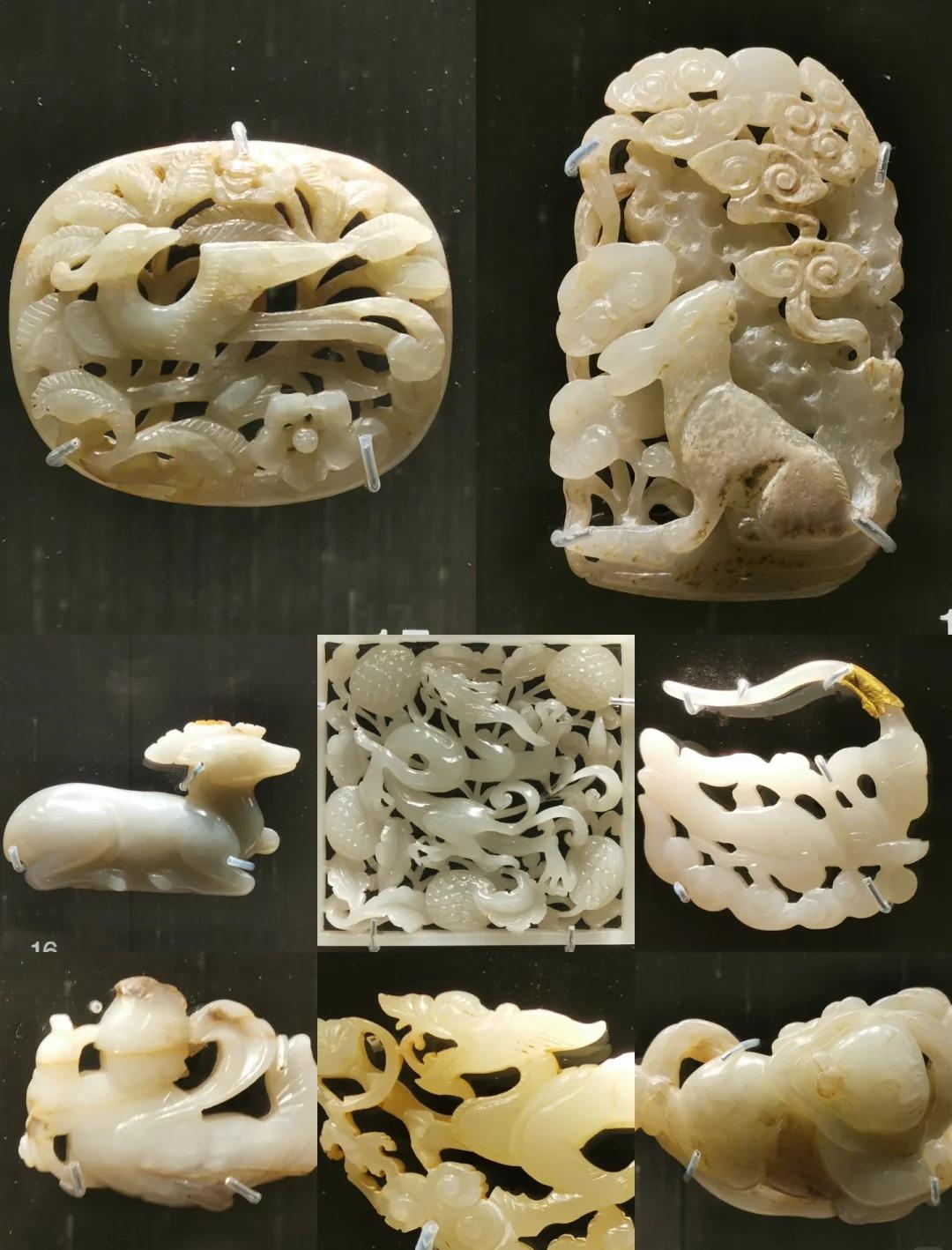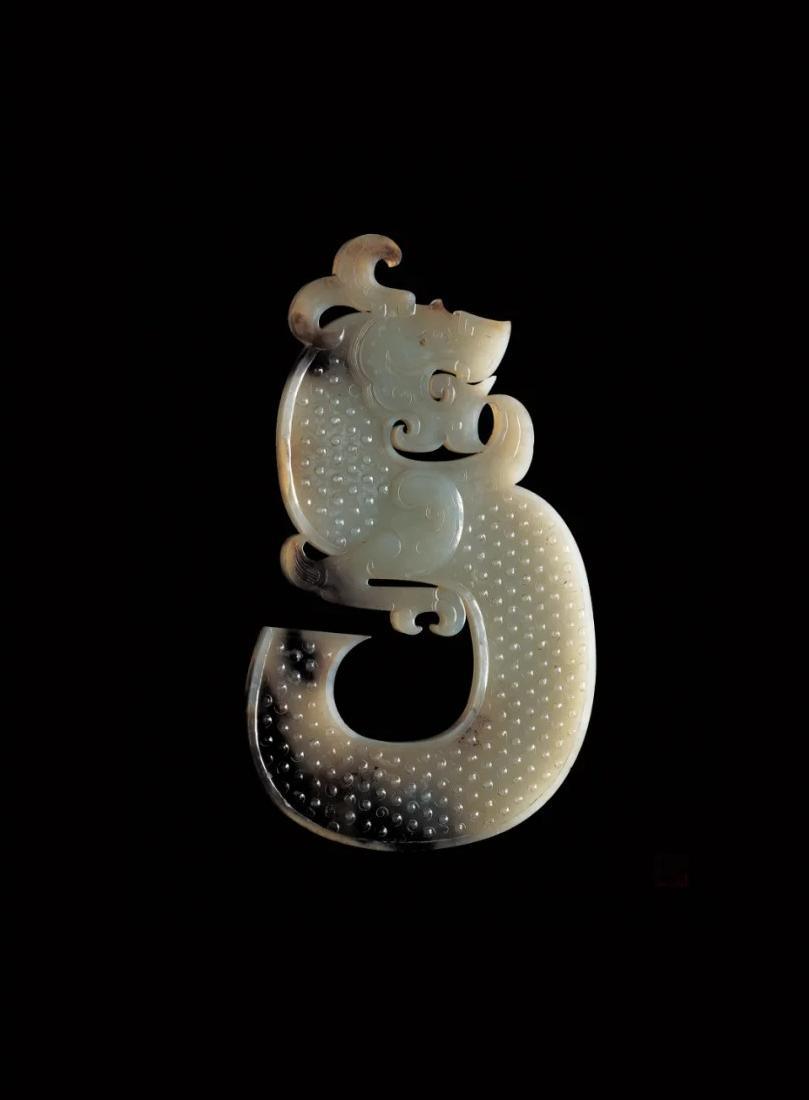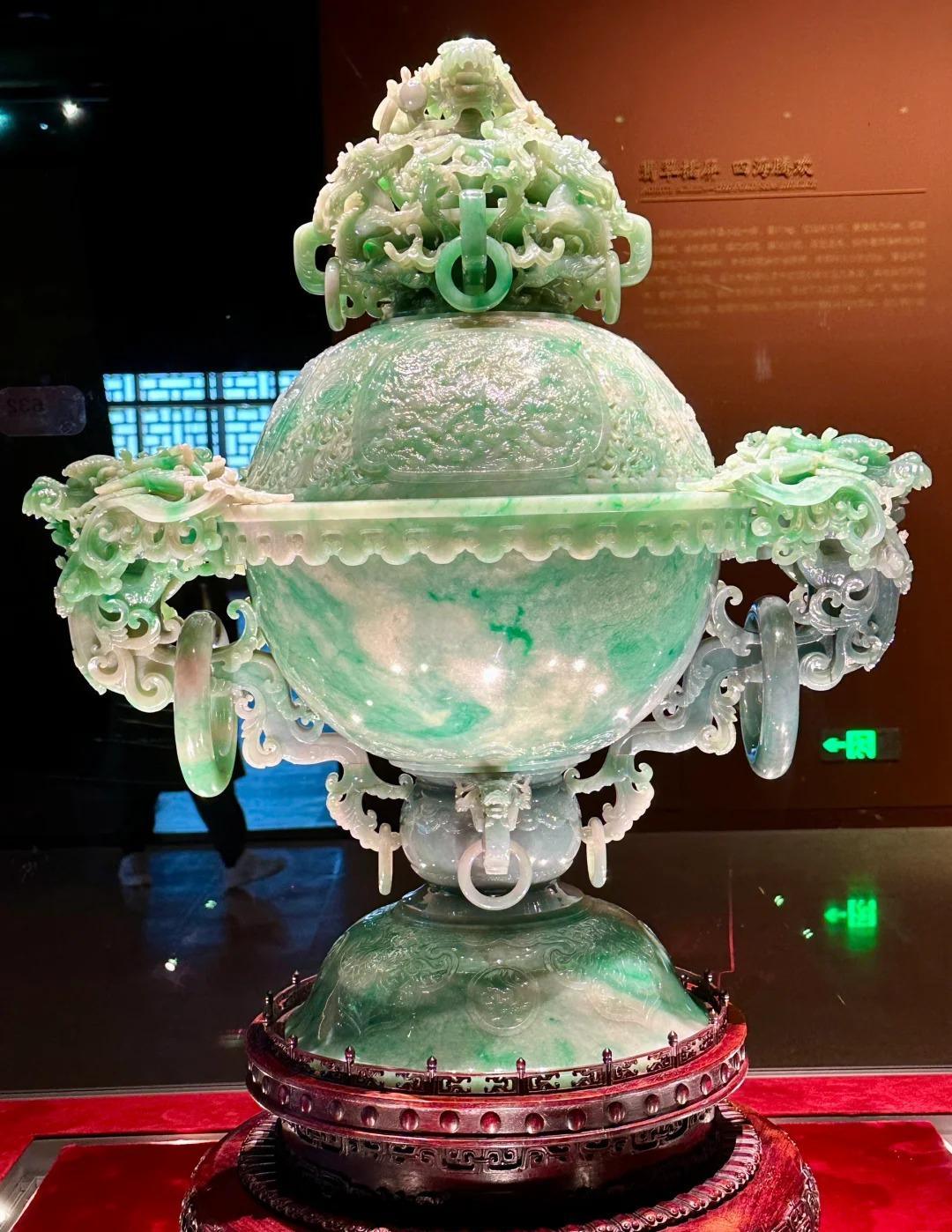Introduction to Chinese Jade
Jade, known as “yu” (玉) in Chinese, has been revered in China for over 8,000 years. This lustrous stone, composed of either nephrite or jadeite, holds a unique place in Chinese culture, symbolizing beauty, purity, and virtue.
Unlike many precious stones valued for their brilliance, jade is prized for its subtle elegance and smooth texture. Its importance in Chinese civilization is reflected in the saying, “Gold has a value; jade is invaluable.”
From Neolithic ritual objects to contemporary jewelry, jade has been a constant presence in Chinese art and daily life, evolving alongside the civilization itself.

Historical Use of Jade in China
The use of jade in China dates back to Neolithic times:
| Period | Jade Usage |
|---|---|
| Neolithic (c. 10,000-2,000 BCE) | Ritual objects, tools |
| Shang Dynasty (1600-1046 BCE) | Ceremonial weapons, ornaments |
| Han Dynasty (202 BCE-220 CE) | Imperial seals, burial suits |
| Tang Dynasty (618-907 CE) | Decorative objects, jewelry |
| Qing Dynasty (1644-1912 CE) | Imperial collection, refined artistry |
Neolithic jade artifacts, such as the bi (圭) discs and cong (琮) tubes, were likely used in religious ceremonies. As Chinese civilization developed, jade became increasingly associated with power and status.
In imperial China, jade was used for official seals, ritual objects, and even burial suits believed to preserve the body. The techniques for carving jade evolved over time, reaching new heights of artistry during the Qing Dynasty.

Symbolism and Beliefs Associated with Jade
In Chinese culture, jade is more than just a beautiful stone; it embodies moral and spiritual qualities. Confucius compared the virtues of a gentleman to the qualities of jade: benevolence, righteousness, wisdom, courage, and purity.
Jade is also believed to have protective properties:
- Wearing jade is thought to ward off evil spirits
- Jade burial objects were meant to protect the deceased in the afterlife
- Some believe jade can promote health and longevity
Common motifs in jade carvings often carry symbolic meanings. For example:
- Dragons represent imperial power and strength
- Bats symbolize good fortune
- Peaches are associated with longevity

Types and Colors of Chinese Jade
While the term “jade” in China traditionally referred to nephrite, it now includes jadeite as well. Nephrite jade, found in various parts of China, ranges from white to dark green. Jadeite, introduced in the 18th century, offers a wider color palette.
Colors of jade and their significance:
- White: purity and innocence
- Green: harmony and balance
- Lavender: grace and elegance
- Yellow: royalty and power
The most prized type of jade is “mutton fat” jade – a creamy white nephrite with a slightly translucent quality. Its subtle luster and smooth texture epitomize the Chinese aesthetic ideal for jade.

Jade Craftsmanship and Artistry
Traditional jade carving is a painstaking process requiring great skill and patience. Artisans use a variety of tools to shape, carve, and polish the stone, often spending months or even years on a single piece.
One of the most famous jade artifacts is the Jade Burial Suit of Liu Sheng, a Han Dynasty prince. This suit, composed of over 2,000 jade plates sewn together with gold wire, showcases the extraordinary craftsmanship of ancient Chinese artisans.
Contemporary jade artists continue to push the boundaries of the craft, combining traditional techniques with modern designs to create innovative works of art.
Jade in Modern Chinese Culture
Today, jade remains an integral part of Chinese culture:
- It’s a popular choice for jewelry, especially bangles and pendants
- Jade objects are often given as gifts for important occasions like weddings or business deals
- Some view jade as an investment, with rare pieces fetching high prices at auction
In gift-giving, jade symbolizes the giver’s good wishes and the value they place on the relationship. However, it’s important to note that giving a clock made of jade is considered unlucky, as “giving a clock” (送钟) sounds like “attending a funeral” (送终) in Chinese.

Experiencing Chinese Jade as a Traveler
For travelers interested in Chinese jade, there are numerous opportunities to explore this fascinating aspect of Chinese culture:
- Museums: The National Museum of China in Beijing and the Shanghai Museum have extensive jade collections.
- Markets: The Jade Market in Hong Kong and the Panjiayuan Antique Market in Beijing are popular spots for jade shopping.
- Workshops: Some cities offer jade carving demonstrations or workshops where visitors can try their hand at this ancient art.
When shopping for jade, be aware that fake jade is common. To avoid being duped:
- Buy from reputable dealers
- Look for a certificate of authenticity
- Learn to distinguish genuine jade by its coolness to the touch and its subtle luster
From ancient ritual objects to modern jewelry, jade continues to captivate with its beauty and cultural significance. For travelers to China, exploring the world of jade offers a unique window into the country’s rich artistic heritage and enduring traditions.






